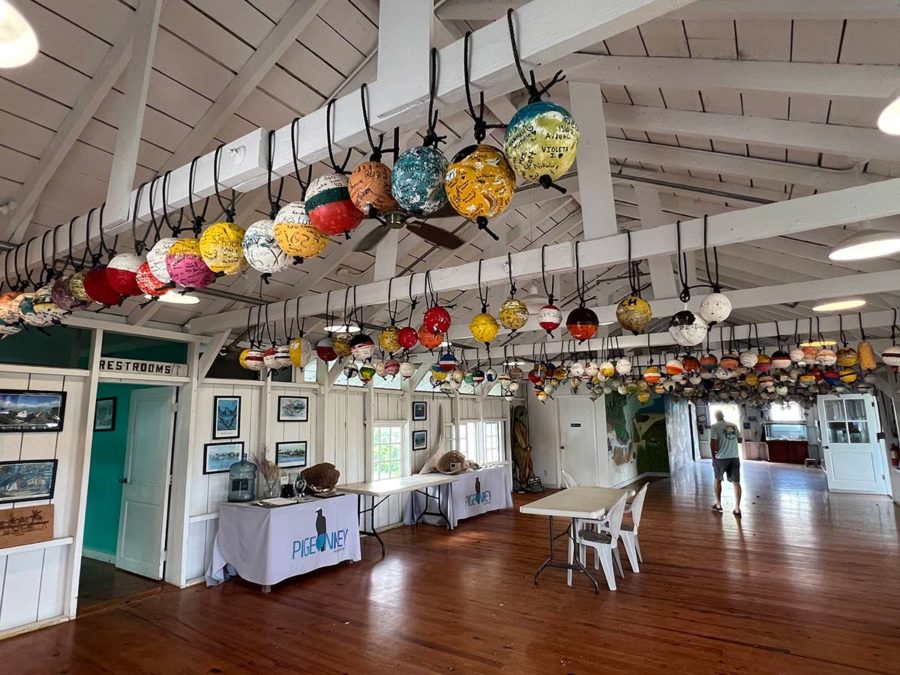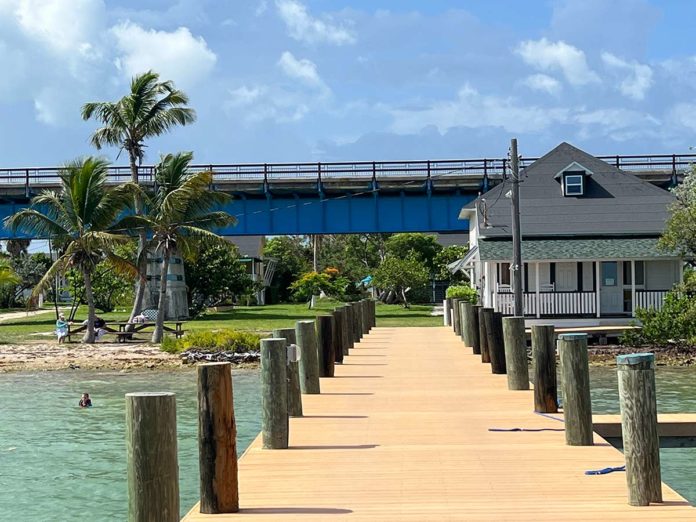After years without its main avenue of access during the renovation of the Old Seven Mile Bridge, it would be easy for the staff at Pigeon Key to simply enjoy the welcome hike in visitation with the bridge’s January reopening.
But for executive director Kelly McKinnon, this is just the start of a series of developments that will take Pigeon Key well into the future.
“We’ve probably doubled visitation as the bridge opened,” he said. “We always knew the next 6, 12, 18, 24 months were going to be really transformative for us. But knowing that this bridge was going to come back online, we’ve been thinking 30 years down the road.”
The island boasts a laundry list of pending and completed projects and awards over the last five years, even with the challenges presented by Hurricane Irma and the COVID pandemic. They include, but are not limited to: an $800,000 state appropriation to be used for an on-island wastewater treatment system, a $50,000 resiliency study to protect the island’s historic resources from storms and sea level rise, installation of a $1.3 million fire suppression system, complete rebuilds of two buildings destroyed by Hurricane Irma, replacement of four roofs on historic buildings since the storm, replacement of the island’s sidewalks and main entrance ramp, and the installation of ADA ramps.
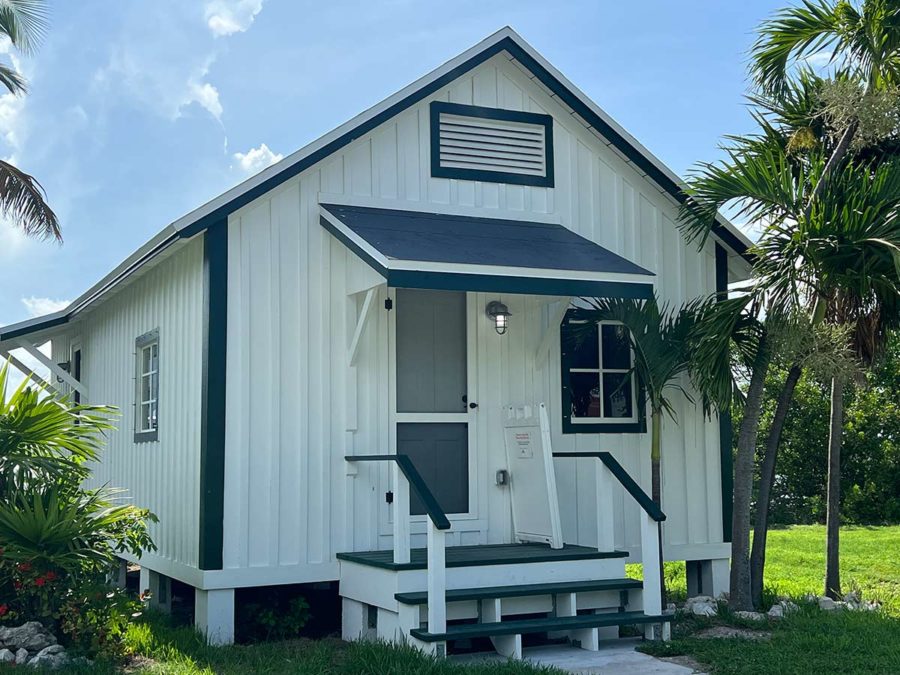
Pigeon Key has also heavily invested in its education and outreach programs, securing partnerships with Reef flip flops, iROCKER paddle boards and No Shoes Reefs, an ocean conservation organization spearheaded by country superstar Kenny Chesney – in fact, concertgoers may just see a new version of the island’s logo flash across jumbotrons at his concerts.
However, two developments in particular are critical for the iconic Keys attraction. In 2021, the Pigeon Key Foundation, with the help of a TDC grant, managed to work with the bridge contractors and the Department of Transportation to run a power line all the way to the island, ending its reliance on diesel generators to provide electricity beyond the power supplied by its massive solar array.
“Solar was taking about 85% of the load we needed, but we still had to say, okay, don’t look behind the curtain over there,” said McKinnon. “It was time to start practicing what we preach.”
Pigeon Key still relies mostly on its solar array, but the additional reliable connection will allow the island to host larger community events in the years to come.
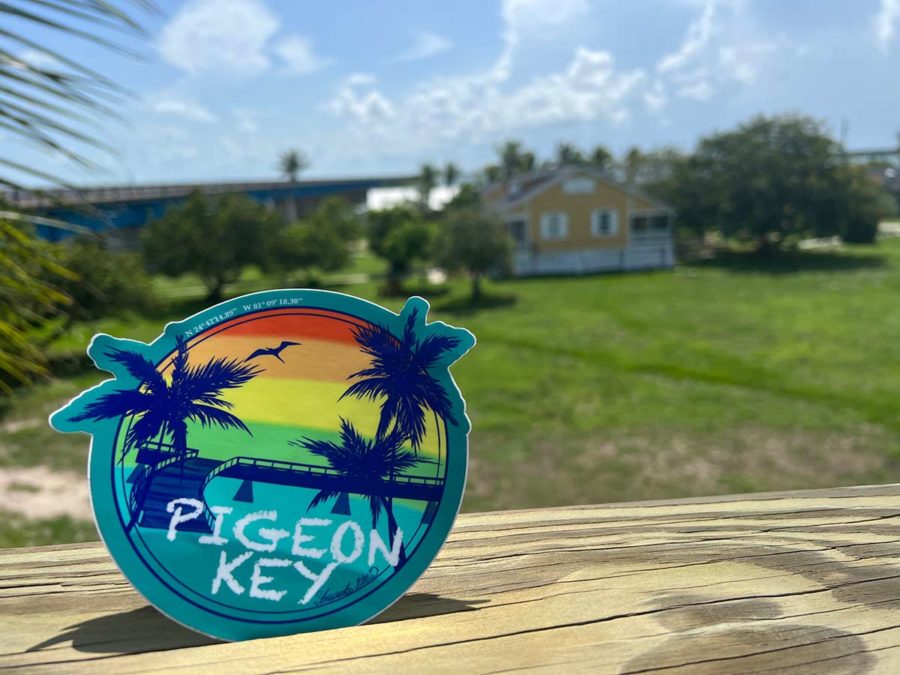
With the island’s original batteries storing solar power knocked out by Hurricane Irma, McKinnon was determined to find a more resilient solution. Today, Pigeon Key’s solar inverters and new lithium-ion power banks – providing twice the battery capacity with less than half the weight of the old system – are housed in an independent air-conditioned trailer that can be disconnected and towed to safety in the event of a storm.
“It’s a beautiful system,” said McKinnon. “There are very few people in as good a position as us once a storm hits.”
Arguably the most anticipated development, though, is the island’s trolley, scheduled to be up and running within a month. With two coaches and a locomotive painted to match Marathon High School’s colors, the train will be able to carry up to 60 passengers at a time to and from Pigeon Key, starting at the old Salty’s property recently purchased by the city of Marathon.
“When we got the locomotive delivered, we couldn’t get it off the truck before 30 people were around taking photos and asking questions,” said McKinnon. “Everybody’s smiling ear to ear. … It’s just an unbelievable asset for everybody, and the fact that it’s our driveway and we get to incorporate it into this operation is just perfect.”
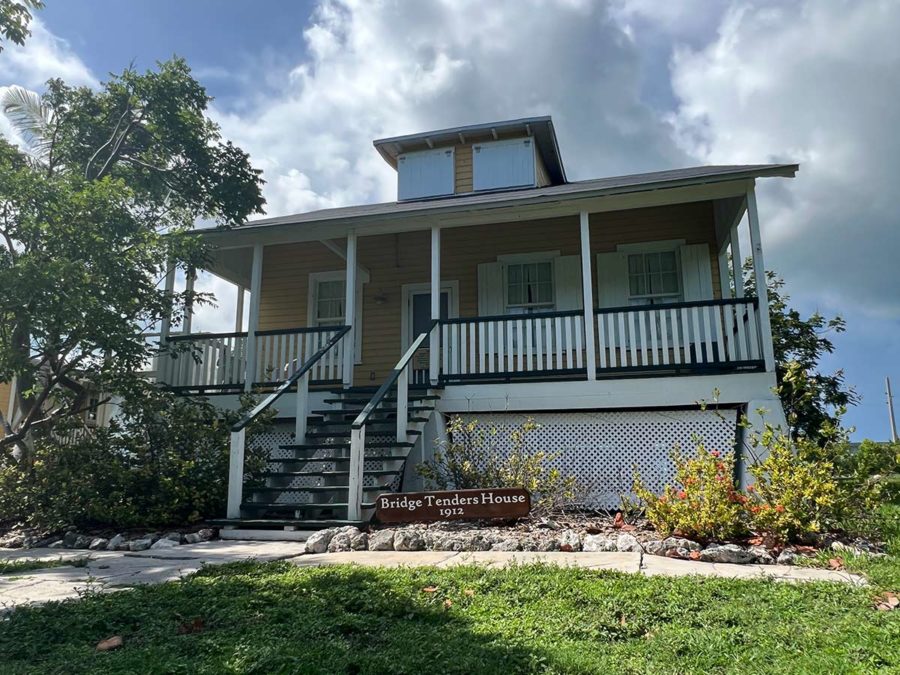
With such an array of promising projects ahead, the Pigeon Key Foundation encountered increasing hesitation from private donors who worried about the organization’s lease from Monroe County, originally set to expire in 2023 after its original 30-year term. But in April 2019, the Monroe County BOCC agreed to an early extension of the foundation’s lease, setting a new end date of 2033 with an option to renew for an additional 10 years. The county’s support was a catalyst for a multitude of private donations that made many of the projects over the last five years a reality.
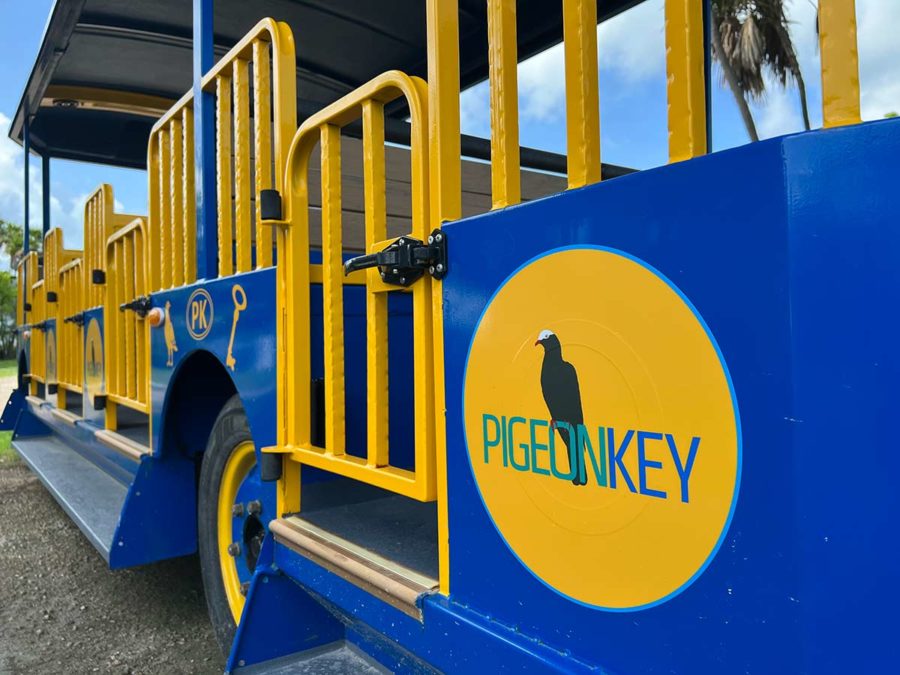
“I’m sure (Kelly) used the word ‘game changer,’ and we use that word frequently when we talk about Pigeon Key,” commissioner Michelle Coldiron told Keys Weekly. “I have this advantage because I live in Marathon, and I see firsthand how much time and energy Kelly and the foundation put there. … We understood that it is an icon that we want to make sure is preserved.”
Even with all the improvements, McKinnon and the Pigeon Key Foundation are committed to preserving the island’s historical feel and authenticity.
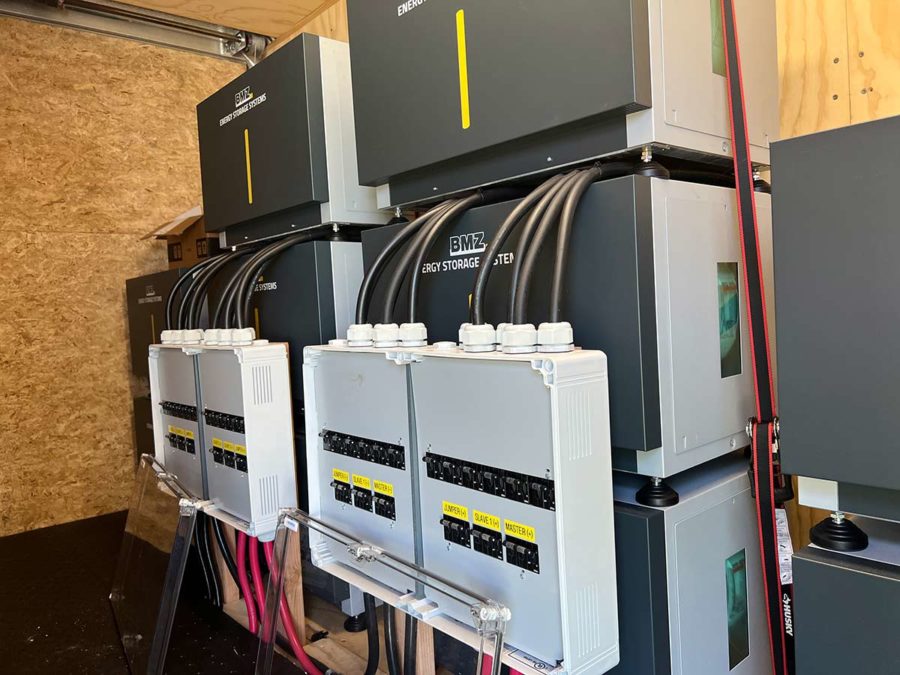
“We don’t want everything new and shiny and perfect,” he said. “This is a 100-year-old work camp made out of wood in the most harsh environment you can pretty much put it in. It should look like it’s an old rugged place, and we want to be able to have that feel of old Florida charm.”
Those efforts have not gone unnoticed.
“I’m so proud of the progress and the state grants that they’ve been able to get,” said commissioner Holly Raschein. “I think their exposure and visitor traffic is going to explode. … What they’ve done to preserve the character of that island is awesome.”
